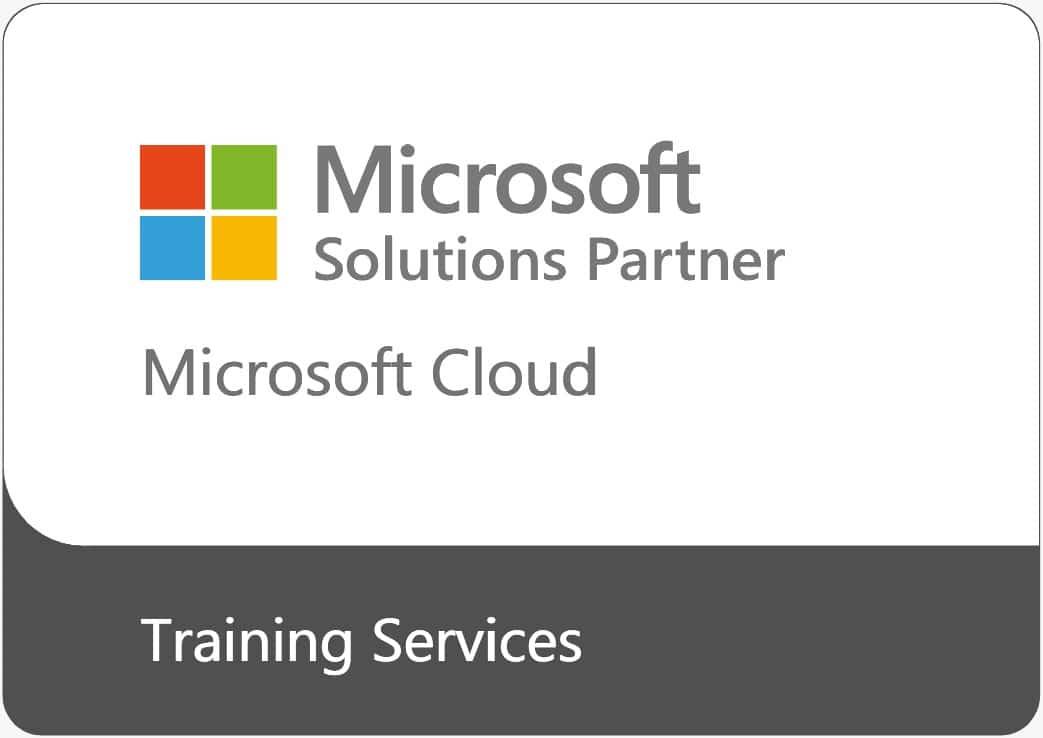Learn how GitHub Actions enables you to automate your software development cycle. You’ll learn how to plan automation of your software development life cycle with GitHub Actions workflows, use GitHub Actions to automatically build an application, and use GitHub Script to interact with the GitHub API.
-
In this course, you’ll learn the basics of GitHub and gain a better understanding of its fundamental features with a hands-on exercise all within a GitHub repository. You’ll learn best practices for building, hosting, and maintaining a secure repository on GitHub.
-
Whether you need to crunch numbers for sales, inventory, information technology, human resources, or other organizational purposes and departments, the ability to get the right information to the right people at the right time can create a powerful competitive advantage.
After all, the world runs on data more than ever before and that’s a trend not likely to change, or even slow down, any time soon. But with so much data available and being created on a nearly constant basis, the ability to make sense of that data becomes more critical and challenging with every passing day. You already know how to get Microsoft® Office Excel® to perform simple calculations and how to modify your workbooks and worksheets to make them easier to read, interpret, and present to others. But, Excel is capable of doing so much more.
To gain a truly competitive edge, you need to be able to extract actionable organizational intelligence from your raw data. In other words, when you have questions about your data, you need to know how to get Excel to provide the answers for you. And that’s exactly what this course aims to help you do.
-
Organizations the world over rely on information to make sound decisions regarding all manner of affairs. But with the amount of available data growing on a daily basis, the ability to make sense of all of that data is becoming more and more challenging. Fortunately, this is where the power of Microsoft® Office Excel 2019 can help.
It will also make these tasks much easier for you to accomplish, and in much less time, than if you used traditional pen-and-paper methods or non-specialized software. This course aims to provide you with a foundation for Excel knowledge and skills, which you can build upon to eventually become an expert in data manipulation.
-
Clearly, you use Excel a lot in your role. Otherwise, you wouldn’t be taking this course. By now, you’re already familiar with Microsoft® Office Excel® 2019, its functions and formulas, a lot of its features and functionality, and its powerful data analysis tools. You are likely called upon to analyze and report on data frequently, work in collaboration with others to deliver actionable organizational intelligence, and keep and maintain workbooks for all manner of purposes.
At this level of use and collaboration, you have also likely encountered your fair share of issues and challenges. You’re too busy, though, to waste time scouring over workbooks to resolve issues or to perform repetitive, monotonous tasks. You need to know how to get Excel to do more for you so you can focus on what’s really important: staying ahead of the competition. That’s exactly what this course aims to help you do.
The more you learn about how to get Excel to do the hard work for you, the more you’ll be able to focus on getting the answers you need from the vast amounts of data your organization generates.
-
Unlock the potential of your data with Azure Data Fundamentals credential.
In this DP-900T00: Microsoft Azure Data Fundamentals course, students will learn the fundamentals of database concepts in a cloud environment, get basic skilling in cloud data services, and build their foundational knowledge of cloud data services within Microsoft Azure. Students will identify and describe core data concepts such as relational, non-relational, big data, and analytics, and explore how this technology is implemented with Microsoft Azure. They will explore the roles, tasks, and responsibilities in the world of data.
The students will explore relational data offerings, provisioning and deploying relational databases, and querying relational data through cloud data solutions with Microsoft Azure. They will explore non-relational data offerings, provisioning and deploying non-relational databases, and non-relational data stores with Microsoft Azure. Students will explore the processing options available for building data analytics solutions in Azure. They will explore Azure Synapse Analytics, Azure Databricks, and Azure HDInsight. Students will learn what Power BI is, including its building blocks and how they work together.
-
-26%
This course covers methods and practices to implement data engineering solutions by using Microsoft Fabric. Students will learn how to design and develop effective data loading patterns, data architectures, and orchestration processes.
Objectives for this course include ingesting and transforming data and securing, managing, and monitoring data engineering solutions.
This course is designed for experienced data professionals skilled at data integration and orchestration, such as those with the DP-203: Azure Data Engineer certification.
-
Develop dynamic reports with Microsoft Power BI
Transform and load data, define semantic model relationships and calculations, create interactive visuals, and distribute reports using Power BI.
-
Explore the data science process and learn how to train machine learning models to accomplish artificial intelligence in Microsoft Fabric.
-
In this learning path, the student is exposed to various ways to:
- Source streaming data sources into Microsoft Fabric.
- Use real time Eventstream in Microsoft Fabric.
- Query data in a KQL database in Microsoft Fabric.
- Create real time dashboards in Microsoft Fabric.
-
Explore the data warehousing process and learn how to load, monitor, secure, and query a warehouse in Microsoft Fabric.
-
This DP-601T00: Implementing a Lakehouse with Microsoft Fabric course is designed to build your foundational skills in data engineering on Microsoft Fabric, focusing on the Lakehouse concept.
This official Microsoft course will explore the powerful capabilities of Apache Spark for distributed data processing and the essential techniques for efficient data management, versioning, and reliability by working with Delta Lake tables. This course will also explore data ingestion and orchestration using Dataflows Gen2 and Data Factory pipelines.
This course includes a combination of lectures and hands-on exercises that will prepare you to work with lakehouses in Microsoft Fabric.







